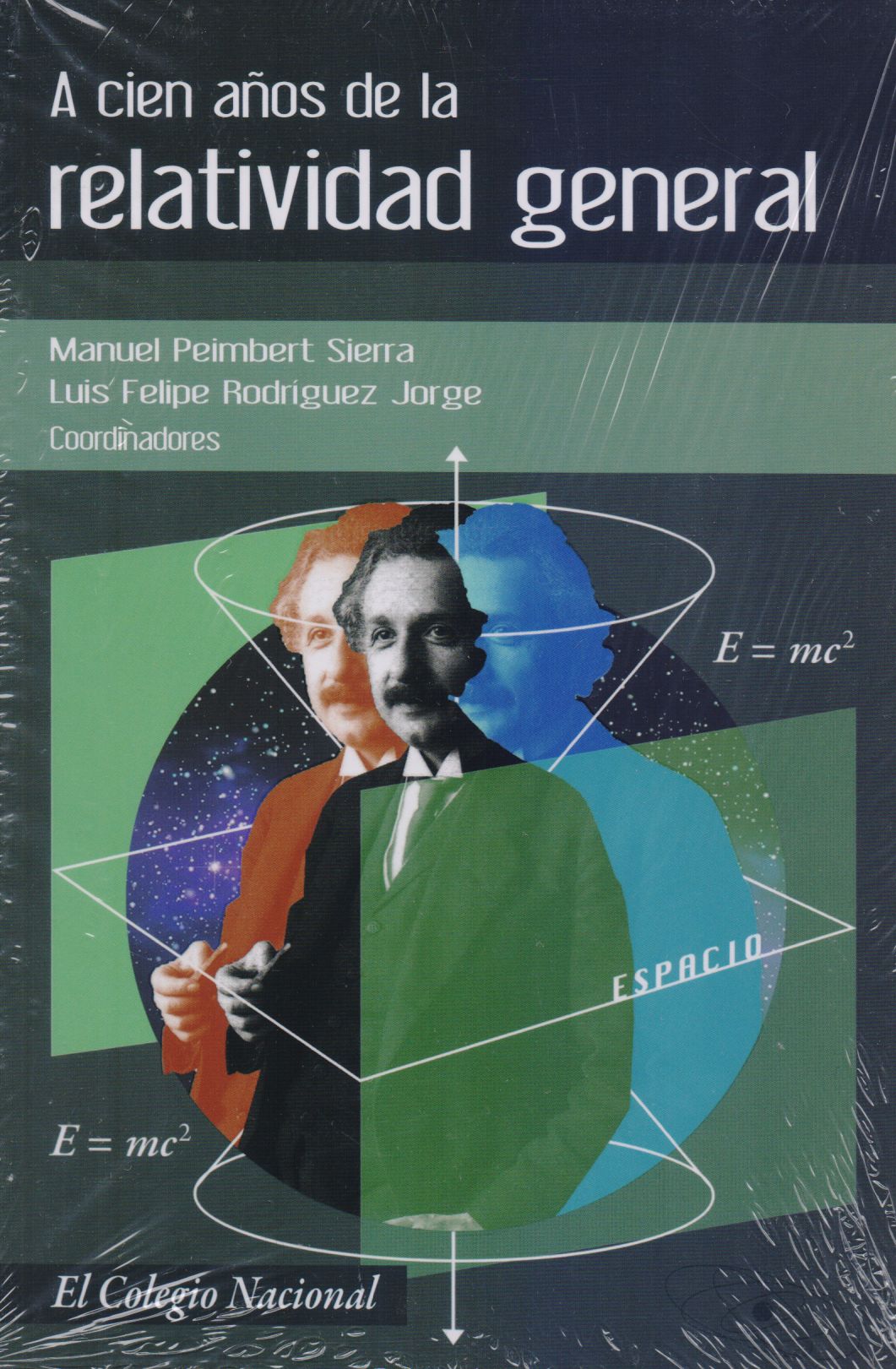Libros relacionados
 |
A Cien Años de la Relatividad General Peimbert Sierra, Manuel / Rodríguez Jorge, Luis Felipe Colegio Nacional |
 |
Physics And Mathematical Tools: Methods And Examples Alastuey, Angel / Clusel, Maxime / Magro, Marc / Pujol, Pier World Scientific |


|
Título: Nuclear Collective Motion | |
| Autor: Rowe, David J. | Precio: $588.00 | |
| Editorial: World Scientific Publishing Co. Inc | Año: 2010 | |
| Tema: Fisica, Fisica Atomica y Molecular | Edición: 1ª | |
| Sinopsis | ISBN: 9789812790651 | |
| The two most important developments in nuclear physics were the shell model and the collective model. The former gives the formal framework for a description of nuclei in terms of interacting neutrons and protons. The latter provides a very physical but phenomenological framework for interpreting the observed properties of nuclei. A third approach, based on variational and mean-field methods, brings these two perspectives together in terms of the so-called unified models. Together, these three approaches provide the foundations on which nuclear physics is based. They need to be understood by everyone practicing or teaching nuclear physics, and all those who wish to gain an understanding of the foundations of the models and their relationships to microscopic theory as given by recent developments in terms of dynamical symmetries.
This book provides a simple presentation of the models and theory of nuclear collective structure, with an emphasis on the physical content and the ways they are used to interpret data. Part 1 presents the basic phenomenological collective vibrational and rotational models as introduced by Bohr and Mottelson and their many colleagues. It also describes the extensions of these models to parallel unified models in which neutrons and protons move in a mean-field with collective degrees of freedom. Part 2 presents the predominant theories used to describe the collective properties of nuclei in terms of interacting nucleons. These theories, which are shared with other many-body systems, are shown to emerge naturally from the unified models of Part 1. |
||
Librería Bonilla SA de CV © Todos los derechos reservados. 2019
Última actualización: Jul 2019




